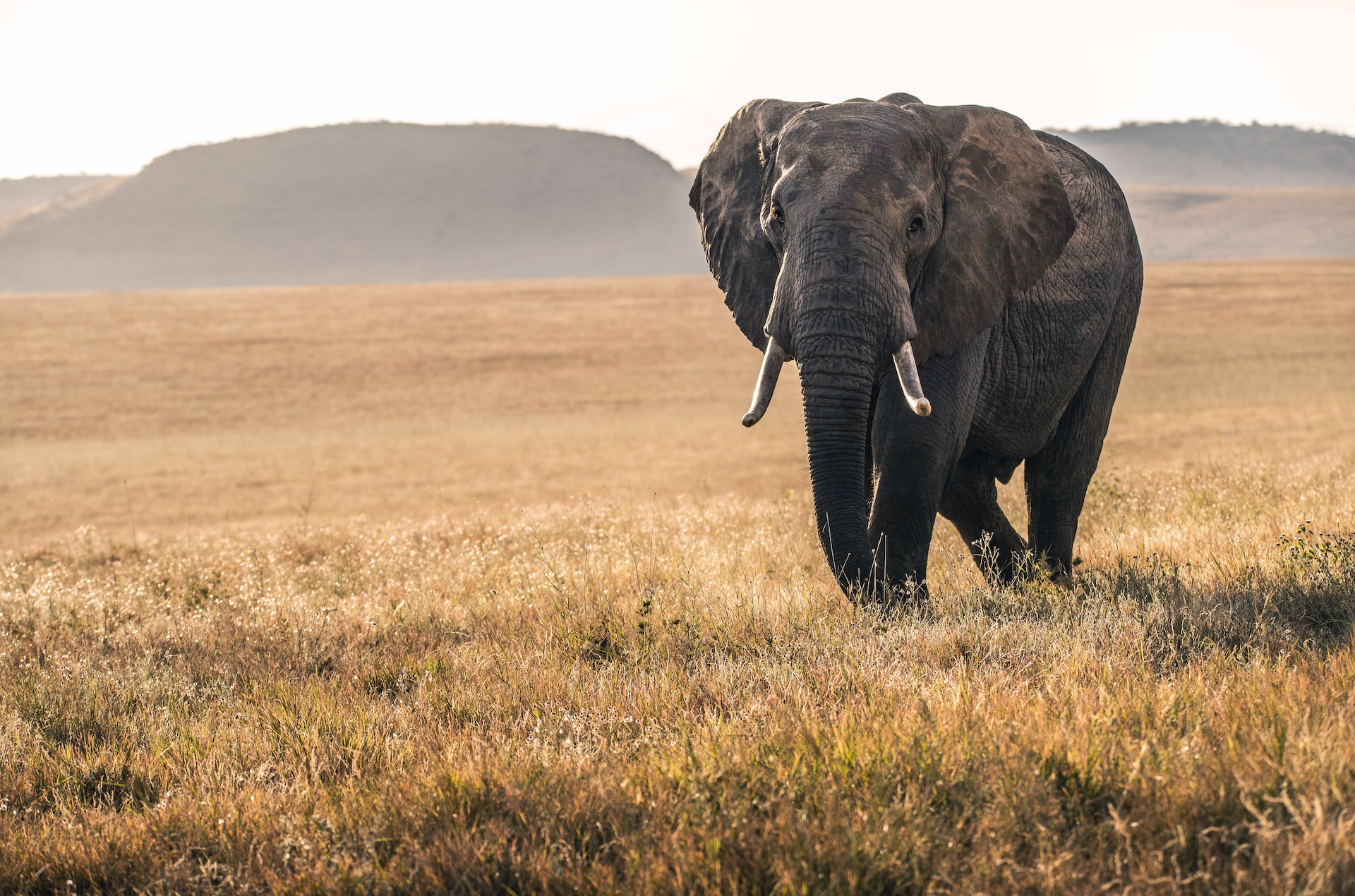Top 10 Amazing Facts About Elephant Skin You Should Know

Elephants are the largest land animals on Earth, and their skin is the largest organ in their body. It can weigh up to 900 kilograms in African elephants and 600 kilograms in Asian elephants. Elephant skin is thick, wrinkled, and gray or brown in color. It helps to protect elephants from the sun and from injuries. Elephants’ skin is also very sensitive, and they can feel even the slightest touch.
Before proceeding further, to know more about such exciting content, and our apps, visit our official website factober.com…
We also publish documentaries on different topics. Subscribe to our channel to be the first to see all our upcoming episodes.
So sit back, relax, and let’s explore the amazing universe together. The elephant’s skin is made up of three layers:
- The epidermis: The epidermis is the outermost layer of skin. It is made up of dead cells that constantly shed. The epidermis of elephant skin is thicker than that of other mammals, and it contains more keratin, which makes it more resistant to damage.
- The dermis: The dermis is the middle layer of skin. It is made up of living cells that produce collagen and elastin, which give the skin its strength and elasticity. The dermis of elephant skin is also thicker than that of other mammals, and it contains more blood vessels, which helps to keep the skin cool.
- The hypodermis: The hypodermis is the innermost layer of skin. It is made up of fat cells that help to insulate the elephant’s body. The hypodermis of elephant skin is also thicker than that of other mammals, which helps to protect the elephant from the cold.
Elephant skin has a number of functions, including:
- Thermoregulation: Elephant skin helps to regulate the elephant’s body temperature. The thick skin helps to insulate the elephant’s body and prevent heat loss. The wrinkles in the skin also help to increase the surface area of the skin, which helps to dissipate heat.
- Protection: Elephant skin helps to protect the elephant from injuries. The thick skin can withstand a lot of punishment, and it can help to prevent cuts and scrapes. The wrinkles in the skin also help to deflect blows.
- Communication: Elephants use their skin to communicate with each other. They can touch each other with their trunks or feet, and they can also rub against each other. This helps them to maintain social bonds and to show affection.
- Olfaction: The elephant’s skin has scent glands that produce pheromones. These pheromones help elephants to communicate with each other and to mark their territory.
- Absorption: Elephant skin can absorb water, which helps to keep the elephant hydrated.
Interesting facts about elephant skin
- Elephant skin is the thickest skin of any land animal. It is so thick that it can be up to 4 centimeters thick in some places.
- Elephant skin is also very tough. It can withstand a lot of punishment, such as being scratched by thorns or being bitten by predators.
- Elephant skin is also very sensitive. Elephants can feel even the slightest touch.
- Elephant skin is covered in hair. The hair is short and sparse, and it is not very effective at keeping the elephant warm. However, the hair does help to protect the elephant’s skin from the sun and from insects.
- Elephant skin is an important part of the elephant’s anatomy. It helps to protect the elephant from the sun, from injuries, and from predators. It also helps the elephant to communicate with other elephants and to mark its territory.
Threats to elephants.
Elephants are threatened by a number of factors, including:
- Poaching: Elephants are poached for their ivory tusks. This is a major threat to elephant populations.
- Habitat loss: Elephants need large areas of land to live and roam. Habitat loss is a major threat to elephant populations.
- Conflict with humans: Elephants sometimes come into conflict with humans, such as when they raid crops or enter human settlements. This can lead to elephants being killed or injured.
- Sunburn: Elephant skin is not very resistant to sunburn. Elephants are at risk of sunburn, especially in areas with high UV radiation.
Conservation of elephants.
There are a number of things that can be done to conserve elephants, including:
- Poaching: Poaching can be stopped by increasing law enforcement and by educating people about the importance of elephants.
- Habitat loss: Habitat loss can be stopped by protecting elephant habitats and by reducing human-elephant conflict.
- Conflict with humans: Conflict with humans can be reduced by educating people about elephants and by providing compensation to people who suffer crop damage or other losses.
If you enjoyed this video, please like it, subscribe to our channel for even more fun facts, and share it with your friends.
For a more immersive experience, visit our official website, factober.com, which has engaging content on interesting things like history, travel, nature, wildlife, technology, lifestyle and much more. Also, visit Factober’s Play Store account for our apps, the link is in the description below.
This video is also available in Hindi on YouTube.
Thank you for watching!





